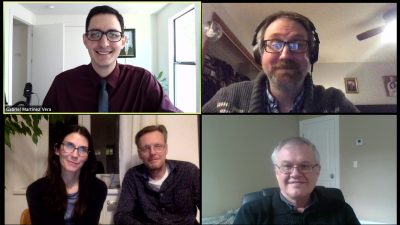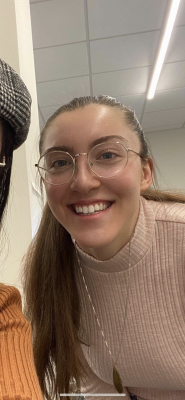
I am Tarcisio Dias, and I grew up in a small city in the state of Minas Gerais, Brazil. I received my BA in Linguistics and Portuguese at the Universidade de São Paulo, and my MA in Linguistics from the same institution. During both my BA and MA I worked with several topics in a Brazilian indigenous language called Karitiana under a generative perspective: verbal pluractionality, Case and agreement, copular constructions, predication, and ellipsis. I am primarily interested in syntax, and in whatever comes knocking on syntactic phenomenon doors. Currently, my particular interest is in ellipsis, especially sluicing.
I’m always available (except when I’m not) for coffee and beer – but not at the same time, of course! I enjoy cooking, and in my spare time, travelling and watching movies. I’m very happy to be part of the UConn community and look forward to what’s next. 🙂




